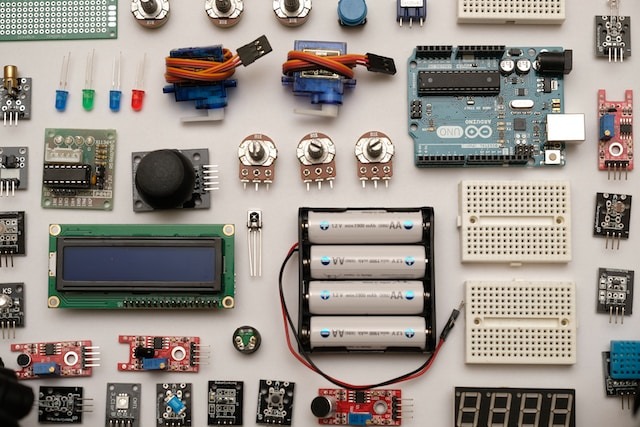The trend of living alone is on the rise.
Kids generally move out by the age of 18 years and they are expected to live alone. Although living alone is a fun experience, as you will get to enjoy more control over your home and your life, it also means you need to do everything on your own. From completing your daily chores, cooking, and cleaning, almost everything that otherwise might be done by your parents will be done by you. Most young adults find this responsibility shift very daunting ad they try to figure out ways to delegate this to others.
However, thanks to automation, you can have full control over your home even when you are away.
Your home is your sanctuary, your safe space, and the place where you need to feel most comfortable. Generally, people living alone get concerned about their safety and that of their homes. Even when they are not home, they stay concerned about its safety.
Moreover, even when they are home, the fear of someone breaking in, burglary, and theft is always there. A simple solution to all these issues is to get an automated home safety system. The home safety system can consist of security cameras, video doorbells, automated access locks, and even door sensors.
Most of the safety equipment listed above can either be set via wire or they can be wireless. Based on the function and living fashion, you can choose the option you like. Generally, most people choose wireless equipment because they are easy to deploy and need little to no assistance. Moreover, renters who have restrictions for using nails and hammers can easily install this equipment. For setting up the safety equipment, you particularly need a good internet that offers full house coverage. If you were currently looking for a good internet, we would recommend Suddenlink. Suddenlink internet plans are exceptionally affordable and offer the best service for home automation.
Features of Ideal Door Sensors
While choosing a door or window sensor, you will come across so many variations. Each variation will have its benefits and features. However, for immaculate safety and affordability, here are some features that you should prioritize.
- Look for a cost-effective door sensors
- Look for a battery-powered sensor, as it will be power efficient. Another thing is that it will be wireless so you can install it anywhere without thinking about the power availability.
- Look for a sensor that gets information in real-time and offers notifications so you know if it ran out of power or when there is an intruder.
- It must be small in size, portable and wireless
DIY Door Sensors- How to Set up A Door Sensor?
Door sensors are one of the best and most essential parts of home security. You can easily set it up and leave the rest to the system. With the help of this tutorial, we will help you set wireless, battery-powered door and window sensors easily.
Things You Need To Set Up Your Door Sensor
To kick-start your DIY project, you need a few things. Generally, if you get a door sensor from a reputable brand, you will get a kit consisting of all the essentials. However, regardless of the brand you choose, it is better to check all the essentials within the kit.
- Home automation controller
- MQTT broker connection to enable connection with an automation controller
- Gateway to enable the connection with the MQTT broker
- A full manual including all the essential information for the setup
Step By Step Installation of Door Sensors
Test Sensor
After buying and unboxing the door sensors, start with inserting the batteries and then checking them. Once you see that it is running, this means that there will be no trouble after you install or mount it anywhere. Apart from this, check the pairing before you start the installation. Sometimes, sensors require the pairing of the smart hub with the security system so you can pair it up before installation
Mounting Location
After you are done testing, you then need to look for a suitable place to mount it.
Generally, the door sensors require a flat surface to be installed. If you have a metal-friendly sensor, it will come with a magnet but if it is not metal friendly, you will get sticky tape. For adjusting the sensor, you need to look for an entry point.
Sensors come with two parts, one to be installed on the door while the other should be installed on the frame. When connected, the sensor does not ring but when they are apart; both sections lose contact and start ringing.
Generally, there is no restriction on, which section goes where. You can use half on the door and the other on the frame and it will start working.
Ready for Attachment
Now that you have found a suitable place to mount the sensor, you need to look at the attachment options. Most people do not like using screws so it is better to use adhesive tape. You can clean the surface before sticking the adhesive tape.
Get To the Setting
After installing the sensor, get to the setting and choose the variables for ringing. Most sensors come with the default setting so every time you open a door, it will start running. However, if you customize access, it will only ring when you are away or when you are asleep.
Bottom Line
Now that you know how to easily install your door sensor, you can make your home safe and secure while saving on installation prices.

